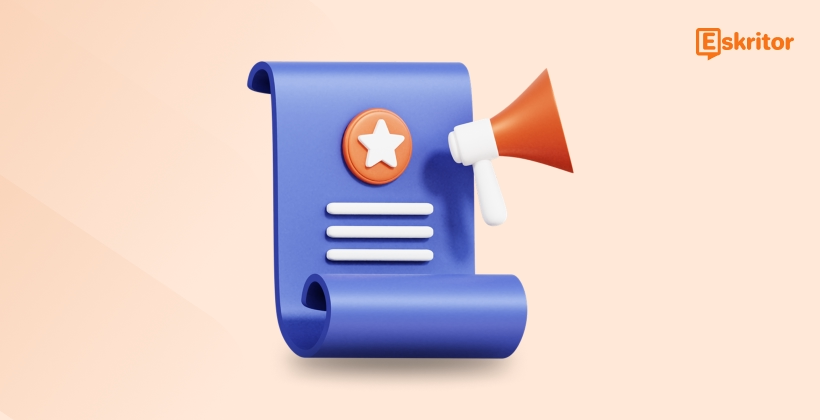Common Misconceptions About AI Editing Debunked
Common Misconceptions About AI Editing Debunked
Blog Article
The Future of Content Creation: AI Writers Explained
The advent of artificial intelligence (AI) has taken significant changes across various industries, and the writing industry isn't any exception. From material formation to editing, AI-driven publishing tools are creating dunes by transforming how persons and companies approach published communication. With increased rate, cost-efficiency, and precision, AI Writer (นักเขียน AI) are placing new standards for productivity and redefining conventional publishing processes.

Increased Efficiency and Production
One of the very most substantial contributions of AI authors to a is the degree of performance they provide. These resources can produce supreme quality content in a fraction of times it'd have a individual writer. Like, Jasper AI, an industry-leading AI software, can cause articles, sites, and advertising products within minutes. This expedited process enables organizations to scale their content generation and meet small deadlines without diminishing on quality.
Information also highlights this trend. According to a 2023 survey by MarketsandMarkets, companies using AI-powered content development tools reported a 70% decrease in time spent on publishing tasks. By automating repeated writing jobs such as for example composing e-mails, studies, and solution descriptions, AI frees up valuable time for authors to target on more proper, creative work.
Increased Reliability with Advanced Language Types
AI publishing instruments are powered by natural language handling (NLP) models, such as for instance GPT (Generative Pre-trained Transformer), that continue steadily to evolve with each iteration. These sophisticated versions help AI writers to make grammatically accurate, contextually appropriate, and well-structured content. Mistakes which were once individual problems, like typos and grammar inconsistencies, are now actually decreased considerably with AI.
Grammarly, for instance, noted a 76% escalation in user accuracy an average of, showing how AI promotes the accuracy of written communication. Moreover, resources such as for example Copy.ai and Writesonic present characteristics like word restructuring and tone modifications, which assure the last result aligns with the supposed function and audience.
Cost Savings for Businesses
The integration of AI writers in to the business ecosystem is indicating to be cost-effective. While selecting qualified human writers can be expensive and time-intensive, AI has an affordable alternative. AI resources on average include subscription-based pricing, that is usually a portion of exactly what a business would spend on staffing authors or outsourcing material creation.
For instance, small-to-midsize firms notice typically 45% savings in content creation costs when adopting AI publishing software. That price effectiveness afford them the ability for startups and SMEs to contend with bigger corporations when it comes to material size and quality.
Democratizing Material Generation
AI authors also stage the playing field by creating professional-grade instruments accessible to persons and corporations of most sizes. Freelancers, non-native English speakers, and small companies will have access to resources that make them develop refined, qualified content. That democratization fosters inclusivity within the industry and empowers a broader array of voices.

Surrounding the Future of Writing
The constant developments in AI publishing represent a paradigm change in the industry. With abilities like predictive text, tone personalization, and contextual knowledge, AI authors are not just aiding human authors but in addition augmenting their creativity and effectiveness. While considerations about credibility and originality stay legitimate, the integration of AI into writing processes is without a doubt a game-changer.
Report this page